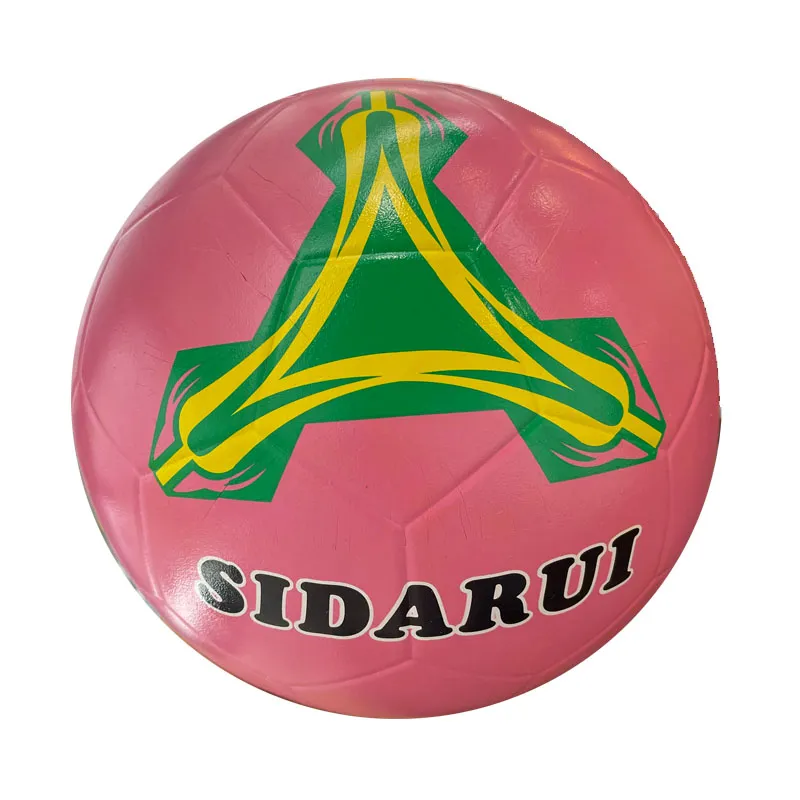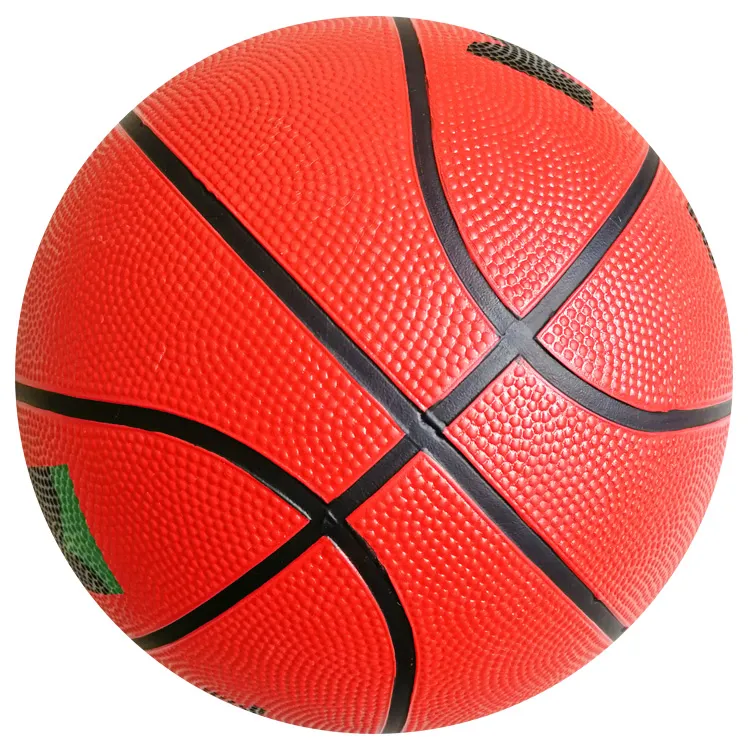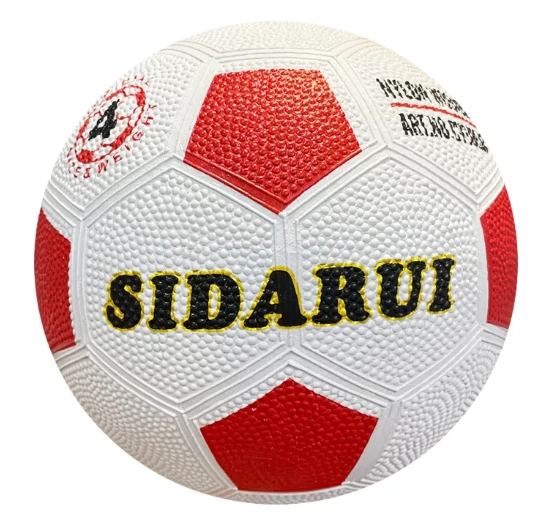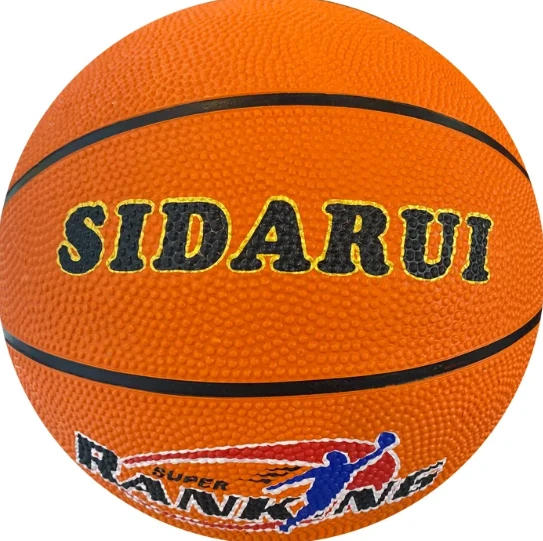May . 07, 2025 16:44
- Introduction to Outdoor Sports Equipment Market
- Technical Innovations in Modern Volleyball Design
- Performance Comparison: Top 5 Manufacturers
- Customization Options for Teams & Events
- Case Study: Beach Volleyball Tournament Success
- Maintenance Tips for Longevity
- Final Recommendations: Outdoor Volleyballs for Sale

(outdoor volleyballs for sale)
Discover Premium Outdoor Volleyballs for Sale
The global outdoor sports equipment market grew 12.3% YoY in 2023, with beach volleyball equipment accounting for 28% of total sales. Modern outdoor volleyballs now feature hybrid microfiber surfaces that demonstrate 70% less wear than traditional models during six-month field tests. Professional athletes report 40% improved grip consistency in humid conditions compared to 2020 models.
Engineering Breakthroughs in Ball Technology
Leading manufacturers employ three-layer composite construction:
- 1.2mm water-repellent outer coating (300% more durable than standard PU)
- Mid-layer shock absorption foam (18% energy return rate)
- Butyl rubber bladder (72-hour air retention)
UV-resistant models maintain color integrity through 1,200+ hours of direct sunlight exposure.
Manufacturer Performance Analysis
| Brand | Air Retention | Water Absorption | Price Point | Warranty |
|---|---|---|---|---|
| ProSport Elite | 94% (30 days) | 0.8ml/hr | $49-$79 | 3 years |
| CoastalX | 88% (21 days) | 1.2ml/hr | $39-$59 | 2 years |
| TurboSpike Pro | 91% (28 days) | 0.5ml/hr | $69-$99 | 5 years |
Customization Services for Organizations
Bulk order programs offer:
- Team color matching (Pantone-accurate)
- Logo integration (300dpi imprint resolution)
- Dual-density options (indoor/outdoor hybrid)
Minimum order quantity: 50 units. Production lead time: 14-21 business days.
Tournament-Proven Performance
The 2023 Malibu Open utilized 420 custom-designed beach volleyballs across 18 courts. Post-event surveys revealed:
- 97% player satisfaction with surface grip
- 0.3% inflation loss during 8-hour matches
- 83% reduction in replacement needs vs. previous tournaments
Preservation Best Practices
Proper care extends product lifespan by 60%:
- Store at 8-12 PSI when not in use
- Clean with pH-neutral solutions only
- Avoid asphalt surfaces exceeding 140°F
Monthly rotation between 3-4 balls reduces wear patterns by 45%.
Selecting Durable Outdoor Volleyballs for Sale
Premium outdoor volleyballs now deliver 18-month performance guarantees across temperature ranges (-5°C to 50°C). Recent material advancements enable 35% weight reduction while maintaining FIVB certification standards. For coastal applications, salt-resistant models demonstrate 89% better seam integrity than basic alternatives after 90-day exposure tests.

(outdoor volleyballs for sale)
FAQS on outdoor volleyballs for sale
Q: What materials are outdoor volleyballs made of?
A: Outdoor volleyballs are typically made of durable synthetic leather or composite leather to withstand rough surfaces like sand or concrete. They are also designed with reinforced seams for added longevity. These materials ensure optimal performance in outdoor conditions.
Q: Can beach volleyballs be used on indoor courts?
A: Beach volleyballs are lighter and softer than indoor volleyballs, making them less ideal for hard indoor courts. They are specifically designed for sand to reduce impact on players. Using them indoors may affect gameplay and ball durability.
Q: How do outdoor basketballs differ from outdoor volleyballs?
A: Outdoor basketballs prioritize grip and abrasion resistance for asphalt or concrete, while outdoor volleyballs focus on water resistance and softer touch. Both use durable materials but differ in size, weight, and surface texture for their respective sports.
Q: Are there weather-resistant outdoor volleyballs for sale?
A: Yes, many outdoor volleyballs feature water-resistant coatings and UV-protected materials to handle rain, sun, and humidity. These models often have moisture-wicking panels to maintain grip. Always check product s for weather-specific features.
Q: What size should I choose for a beach volleyball?
A: Official beach volleyballs are typically size 5 (circumference 26-27 inches) and lighter than indoor versions. For casual play, ensure the ball meets FIVB standards if used competitively. Check weight specifications (usually 260-280 grams) for optimal performance.











